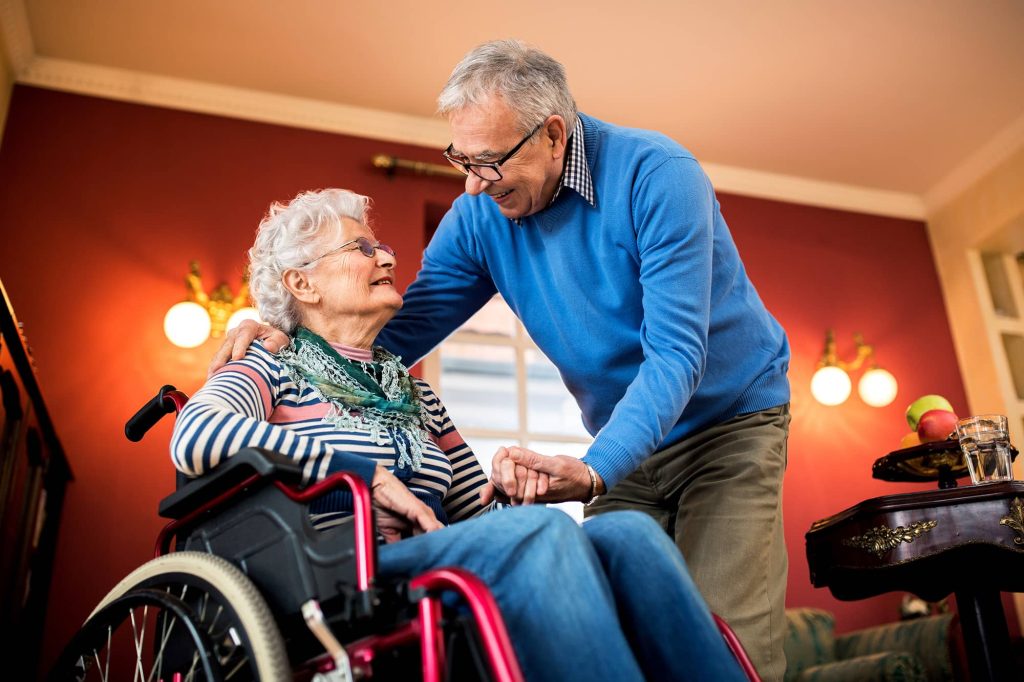
As you age, your needs and preferences in terms of living spaces often change. Modifying your home to cater to your specific requirements is a thoughtful and practical approach to ensure your safety, comfort, and overall well-being. In this comprehensive guide, we will explore various aspects of modifying your home for you, encompassing both structural changes and design considerations to create an age-friendly living environment.
Understanding Your Needs
Before embarking on home modifications, it’s essential to understand your unique needs. As you age, you might face challenges related to mobility, vision, hearing, balance, and cognitive abilities. By addressing these concerns, you can create a home that promotes your independence and enhances your quality of life.
Safety First
Your safety should be the top priority when modifying your home. Evaluate potential hazards such as slippery floors, uneven surfaces, and sharp corners. Install handrails and grab bars in strategic locations, especially in bathrooms and staircases. Consider non-slip flooring options to prevent falls. Adequate lighting is crucial; ensure that all areas, including hallways, entrances, and stairs, are well-lit to avoid accidents.
Accessible Design
Make your home accessible by considering your mobility challenges. Widen doorways to accommodate wheelchairs or walkers. Install ramps or lifts for seamless movement between different levels. Opt for lever-style door handles and faucets, which are easier to grip and turn compared to traditional knobs. In bathrooms, replace traditional bathtubs with walk-in showers equipped with seating and handheld showerheads.
Kitchen Modifications
The kitchen is a central part of any home, and modifying it to suit your needs can significantly enhance your daily living experience. Lower countertops and cabinets to allow easy access without the need for stretching or bending. Install pull-out shelves and drawers to eliminate the need to reach deep into cabinets. Choose appliances with user-friendly interfaces and consider installing anti-scald devices on faucets to prevent burns.
Comfort and Convenience
You may find it challenging to perform everyday tasks, so focus on enhancing your comfort and convenience. Consider installing smart home technology, such as voice-activated assistants and home automation systems, to control lighting, temperature, and security features. Comfortable furniture with firm cushions and appropriate back support can make sitting and standing easier. Opt for non-slip rugs or remove rugs altogether to prevent tripping.
Bathroom Safety
Bathrooms can be potential danger zones due to slippery surfaces and confined spaces. Install grab bars near toilets and inside showers or bathtubs to provide support. Use slip-resistant mats and adhesives in the bathtub or shower area. Consider raised toilet seats and shower chairs for added comfort and safety. Non-slip tiles or textured flooring can prevent accidents when the floor is wet.
Bedroom Considerations
In the bedroom, focus on creating a comfortable and safe environment for you to rest and relax. Choose a bed with an appropriate height that allows easy entry and exit. Install adequate lighting near the bed, including bedside lamps or wall-mounted lights. Ensure that pathways around the bed are clear of obstacles. Install sturdy handrails or grab bars if the bed is elevated.
Emergency Preparedness
Prepare for emergencies by installing smoke detectors and carbon monoxide alarms in key areas of your home. Consider a monitored home security system that includes features like fall detection and emergency response services. Keep important contact numbers, medical information, and a list of medications readily accessible in case of emergencies. Designate a safe area where family members or caregivers can be contacted easily.
Creating a Supportive Environment
Modifying your home goes beyond physical changes; it also involves creating a supportive and nurturing atmosphere. Encourage social connections by arranging seating areas where family and friends can gather comfortably. Display cherished photographs and memorabilia to evoke positive memories. Consider incorporating plants and natural elements to bring a sense of calm and relaxation.
Working with Professionals
While some modifications can be done independently, consulting professionals such as occupational therapists, interior designers specializing in accessible design, and contractors experienced in home modifications for seniors can provide valuable insights and ensure that the modifications are carried out effectively and safely. These experts can assess your specific needs and recommend personalized modifications tailored to your requirements.
Financial Considerations
Modifying your home can entail varying costs depending on the extent of the modifications. It’s essential to budget carefully and explore potential financial assistance options. Some governments offer grants or low-interest loans for home modifications aimed at enhancing accessibility and safety for seniors. Additionally, check with health insurance providers or Medicaid/Medicare for coverage related to home modifications.
Conclusion
Modifying your home is a proactive and compassionate step toward ensuring your well-being and happiness as you age. By addressing safety concerns, improving accessibility, and creating a supportive environment, you can maintain your independence and enjoy a fulfilling lifestyle within the comforts of your home. Taking the time to understand your specific needs and working with professionals to implement necessary modifications can transform your house into a safe and comfortable haven where you can age gracefully and with dignity.
 Retired Living
Retired Living